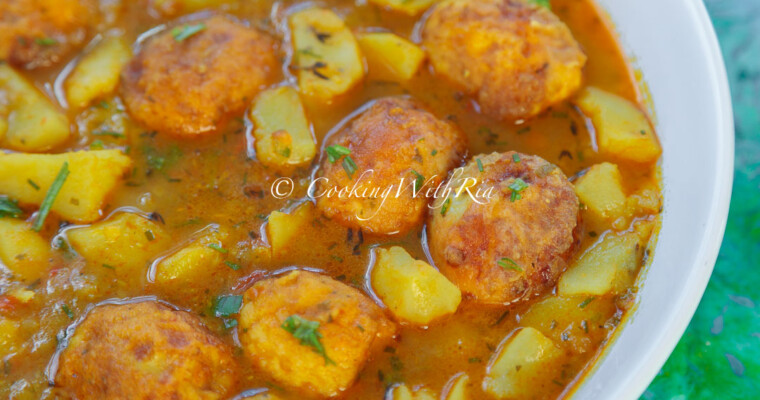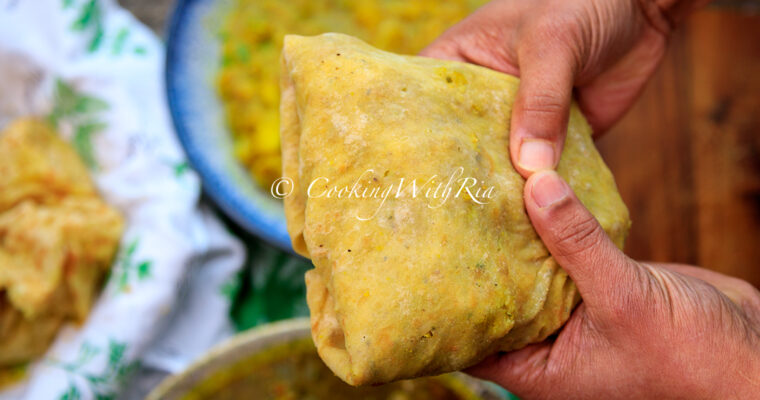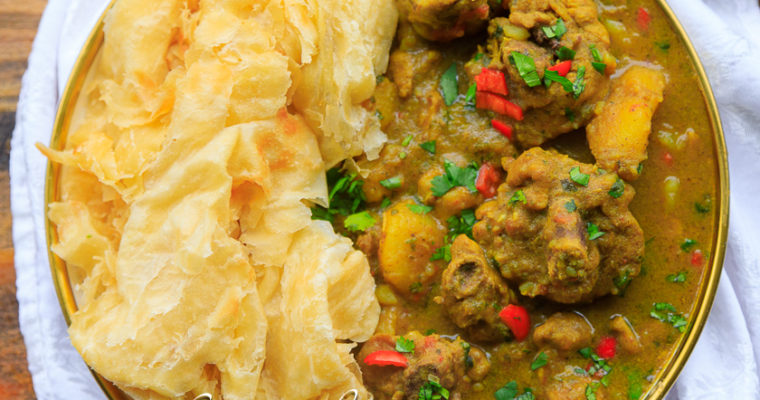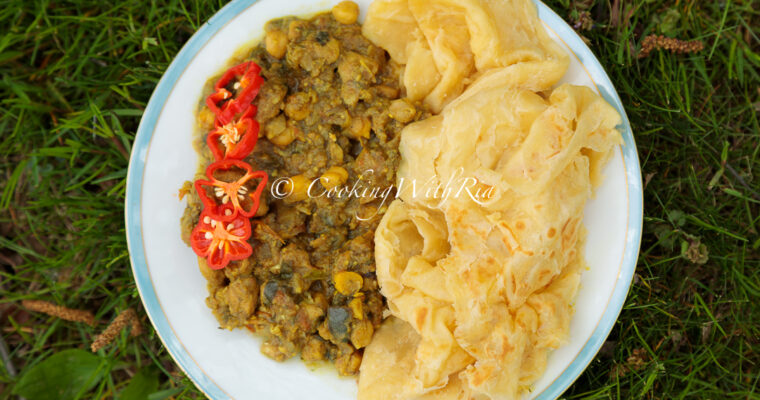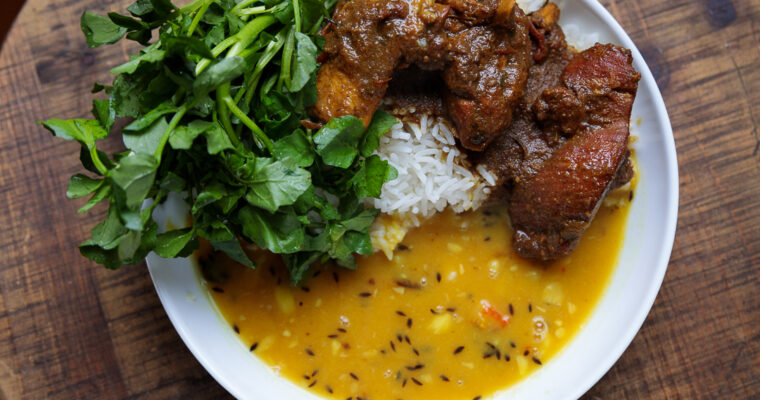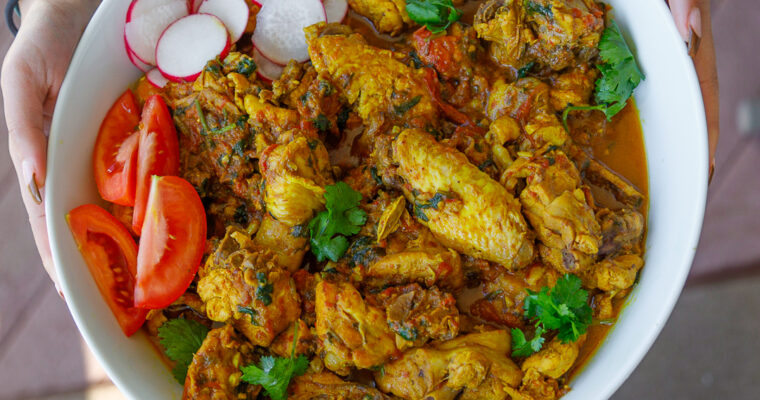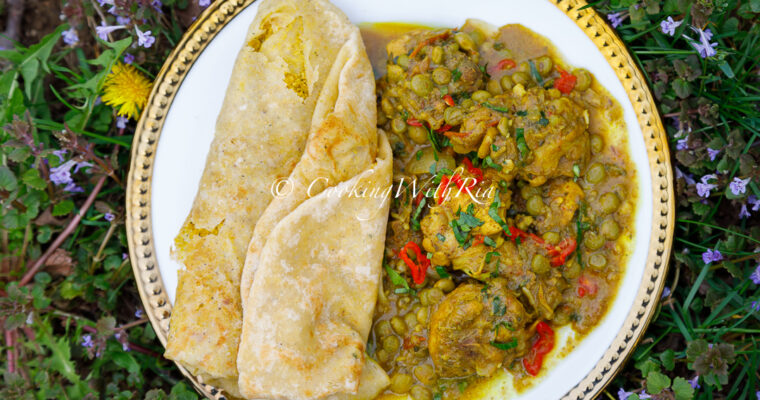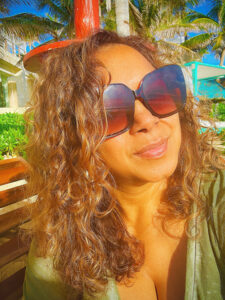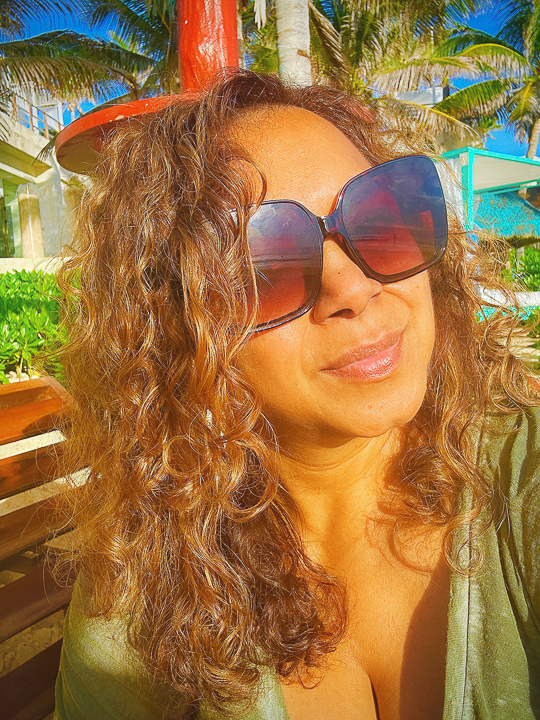What is Trinidad Carnival? It is a Celebration of Culture, Music, and Tradition!
Trinidad Carnival is one of the most vibrant and celebrated cultural events in the Caribbean, drawing participants and spectators from around the globe. Rooted in Trinidadian history and heritage, this festival blends music, dance, and artistic expression into a spectacular display of creativity and joy. This comprehensive guide delves into everything you need to know about Trinidad Carnival, from its origins to its modern-day celebrations.
History and Origins
Trinidad Carnival has deep roots in the island’s history, dating back to the 18th century when French colonists brought their traditions of masquerade balls and elaborate costumes to the Caribbean. Over time, African traditions and rituals merged with European festivities, creating a unique cultural synthesis that defines Trinidad Carnival today. The abolition of slavery in 1838 further transformed the festival, as freed slaves used Carnival as a means of cultural expression and celebration of their newfound freedom.
Festivities Surrounding Carnival
The Trinidad Carnival season officially begins on the Monday after Christmas with the start of “Carnival Monday” and culminates on “Carnival Tuesday.” However, the celebrations span several weeks leading up to the main events, with parties, competitions, and cultural events happening throughout Port of Spain and other parts of Trinidad.
Road March and Carnival Monday to Tuesday
The highlight of Trinidad Carnival is the Road March, a parade of masqueraders dressed in elaborate costumes, accompanied by pulsating soca and calypso music. Carnival Monday sees revelers in colorful and creative costumes taking to the streets in bands, while Carnival Tuesday showcases the most extravagant and detailed costumes as bands compete for prizes and recognition.
Bands and J’ouvert
Central to the Carnival experience are the mas bands, which organize the groups of masqueraders and provide the elaborate costumes and entertainment. Jouvert, the pre-dawn street party that kicks off Carnival Monday, is another integral part of the festivities. Participants cover themselves in mud, paint, or powder, symbolizing the breaking down of social barriers and embracing the spirit of Carnival. Read more about j’ouvert here.
Music and Revelers
Soca music is the heartbeat of Trinidad Carnival, with local artists producing infectious rhythms and lyrics that inspire revelry and celebration. Calypso, another musical genre with deep roots in Trinidadian culture, also features prominently during Carnival, with competitions to crown the Calypso Monarch and Soca Monarch adding to the excitement.
Carnival Foods
Trinidad Carnival is also a culinary delight, featuring a variety of traditional foods that reflect the island’s diverse cultural influences. Street vendors offer everything from doubles (a popular snack made with fried bread and chickpea curry), and corn soup to pelau (a hearty one-pot dish with rice, meat, and vegetables), providing sustenance for revelers and spectators alike. Read more here.
Trinidad Carnival is more than just a festival; it is a cultural phenomenon that showcases Trinidad and Tobago’s rich diversity and creativity. From its historical beginnings to its modern-day extravagance, Carnival continues to evolve while maintaining its core traditions and spirit. Whether you are a first-time visitor or a seasoned Carnival enthusiast, experiencing Trinidad Carnival is a transformative journey into the heart and soul of Caribbean culture.
References
- Trinidad and Tobago Tourism: https://www.gotrinidadandtobago.com/
- National Carnival Commission of Trinidad and Tobago: https://ncctt.org/
- History of Trinidad Carnival: https://www.discovertnt.com/articles/Trinidad/History-of-Trinidad-Carnival/134/5/30
- Trinidad Express Newspapers: https://www.trinidadexpress.com/

